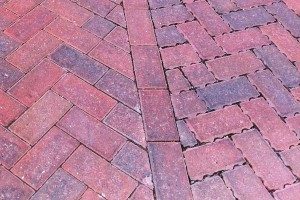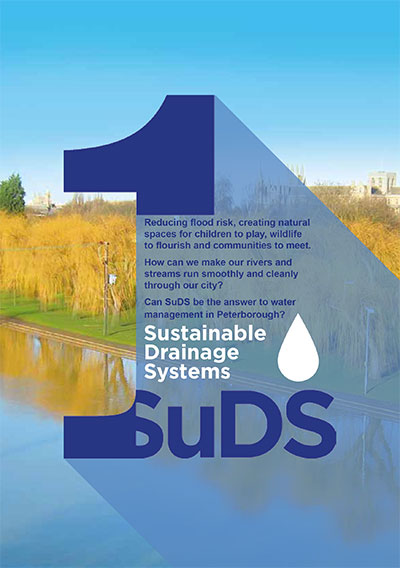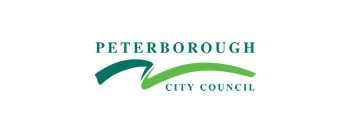Planning restrictions
From 1 October 2008 the permitted development rights that allow householders to pave their front garden with hardstanding without planning permission have changed in order to reduce the impact of this type of development on flooding and on pollution of watercourses.
You will not need planning permission if a new or replacement driveway of any size uses permeable (or porous) surfacing, such as gravel, permeable concrete block paving or porous asphalt, or if the rainwater is directed to a lawn or border to drain naturally.
If the surface to be covered is more than five square metres planning permission will be needed for laying traditional, impermeable driveways that do not provide for the water to run to a permeable area.
Why are paving car parks, gardens and driveways sometimes a problem?
 Rainwater running off hard surfaces following heavy rainfall (surface water) can cause drains to overflow and flood homes and businesses. The UK floods of summer 2007 were largely caused by surface water and these resulted in loss of life, severe disruption and caused damage estimated at £3 billion. Therefore minimising surface water runoff from hard surfacing is an important aspect of managing flood risk.
Rainwater running off hard surfaces following heavy rainfall (surface water) can cause drains to overflow and flood homes and businesses. The UK floods of summer 2007 were largely caused by surface water and these resulted in loss of life, severe disruption and caused damage estimated at £3 billion. Therefore minimising surface water runoff from hard surfacing is an important aspect of managing flood risk.
Hard surfaces that water cannot seep through also collect pollution, such as sediment, oil and petrol, which is washed directly into drains. In many areas, this polluted water drains directly into rivers, harming wildlife and the environment. Our Yellow Fish Campaign, carried out in the summer of 2018, aimed to raise awareness of this issue and highlights that only rain should go down the drain!
Unpaved areas also provide a local cooling effect, particularly in hot summers, which is lost if they are paved over. Loss of front gardens also removes potentially valuable habitats for wildlife, particularly in urban areas such as Peterborough where open space is limited.
What can I do?
Permeable and porous surfaces can provide a suitable surface for pedestrians and/or vehicular traffic, while allowing rainwater to infiltrate through the surface and into the ground.
There are three main types of solution to creating a permeable/porous surface:
- Using gravel or a mainly green, vegetated area
- Directing water from an impermeable surface to a border rain garden or soakaway
- Using permeable block paving, porous asphalt or concrete
 Permeable block paving can now be used in the same colours and design pattern to replace the need for impermeable surfaces such as tarmac.
Permeable block paving can now be used in the same colours and design pattern to replace the need for impermeable surfaces such as tarmac.
If you would like advice about using porous or permeable surfaces of any kind whether grass or paving please contact the Sustainable Drainage Team at suds@peterborough.gov.uk.
Further information
- Guidance on the permeable surfacing of front gardens – published by Communities and Local Government
- susdrain information on paving – susdrain is the online community for sustainable drainage
- Interpave – the precast and concrete paving and kerb association
















